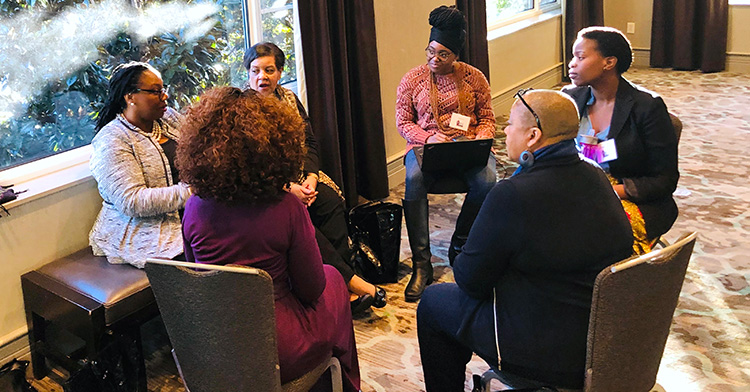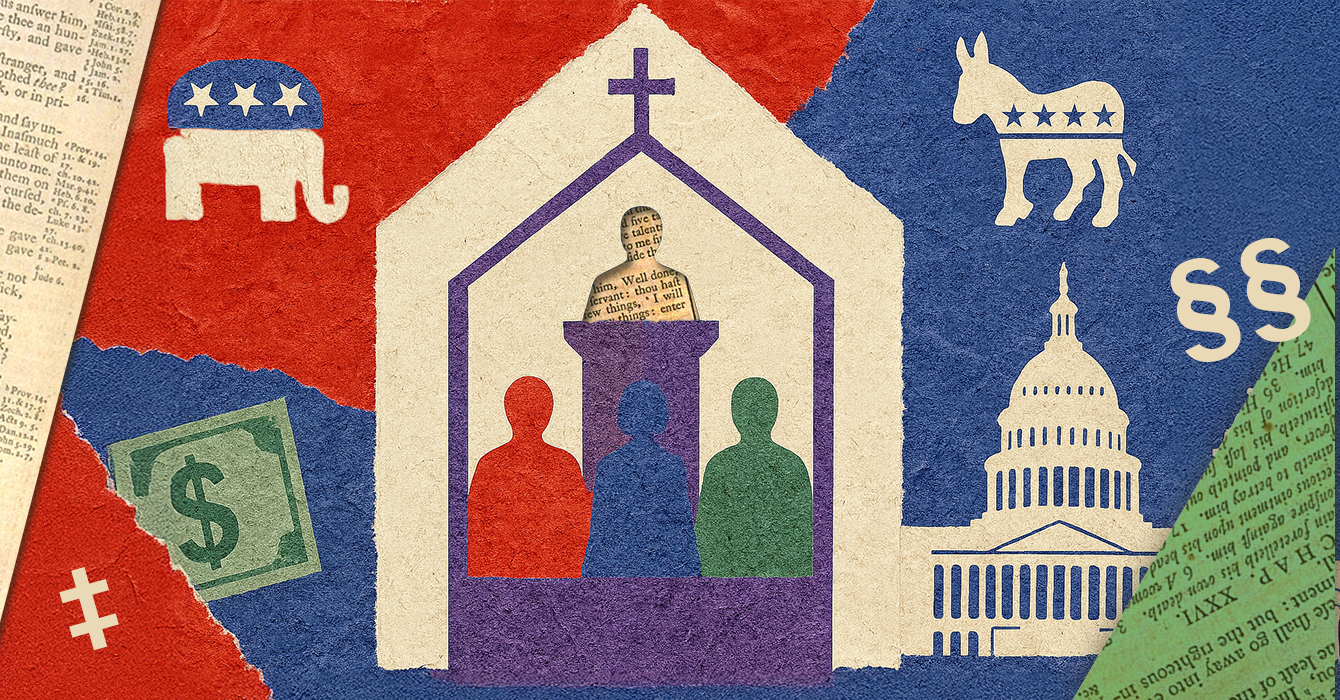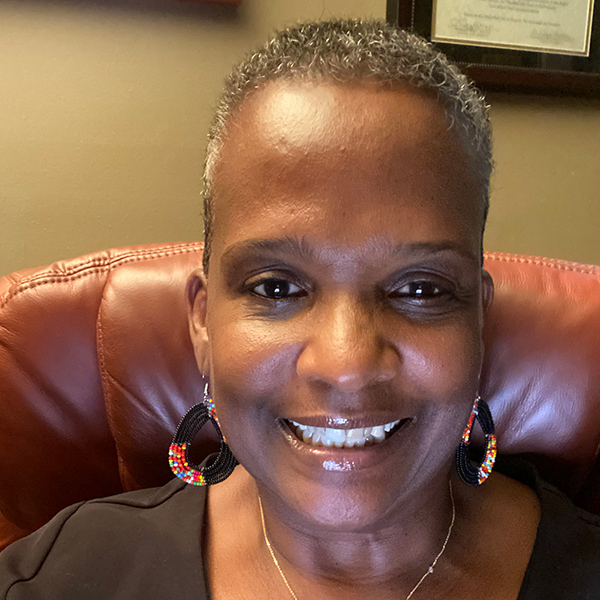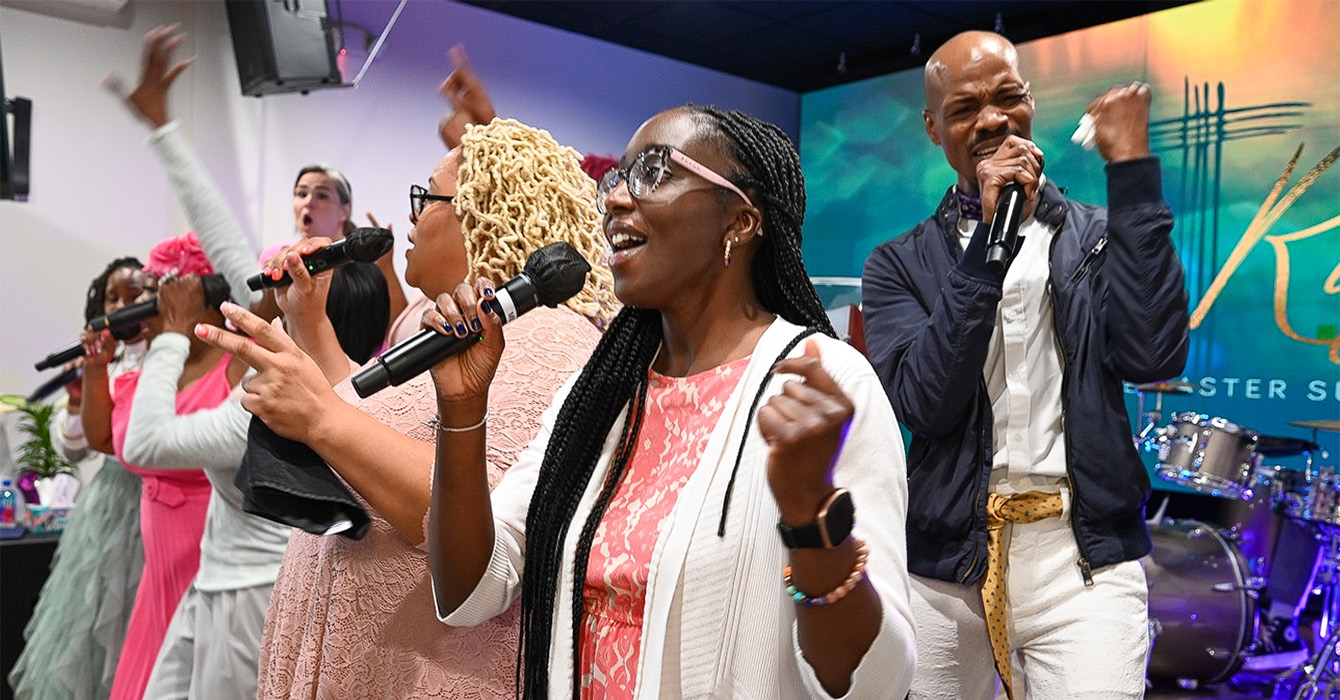After more than a year of intense trauma, all of us are in need of rehabilitation. Each person is assessing the injuries inflicted on the body, the soul, the wallet -- and among neighbors.
For many, the harms are still occurring -- as in the continuing violence against Black and Asian Americans, creating what professor and mental health expert Jessica Young Brown calls “trauma upon trauma.” Even as mask orders and other restrictions are lifted, fear remains. This will be long-term work.
Rehabilitation begins with a well-informed assessment of the conditions that created the injuries; it continues with a slow, careful and often painful retraining on how to live in the aftermath.
All of us, as individuals and as organizations -- including those of us with the privilege of going back to “normal” -- have work to do. The differences lie in the injuries inflicted, the damage suffered and the effort required to heal.
Thirty years ago, Robert D. (Bob) Dale synthesized late-20th-century leadership theories and identified three basic focal points of leadership: integrity, mission and morale. Our full organizational rehabilitation requires tending to all three.
Integrity is a matter of character and trustworthiness. It requires special attention when centurieslong injustices are recognized. For many white organizations, our pronouncements and actions have not matched. We need to confess failures and change policies in order to act with integrity in the future.
Mission is about setting a direction. A mission statement completes the sentence, “We exist to …”
Morale has to do with observing closely and seeking to positively influence the quality of individuals’ lives and relationships. Morale is the energy on which a team operates, a product of the recognition and resources devoted to the people.
In articulating the foci of mission and morale, Dale built on the work of Robert E. Kaplan, whose key insight is that a specific leader is never equally good at both clarifying mission and raising morale. Kaplan compares this reality to having a dominant hand. Individual leaders have a preference, yet every organization must tend to both. It is important for leaders to recognize their own preference and look for colleagues who can help the organization address the other.
Rehab requires a return to the basics. To rehab the body is to relearn how to function -- how to eat or walk or talk. When I injured my back 20 years ago, the physical therapist asked me in the initial assessment what I wanted to be able to do. Did I want to run marathons? Walk? Swim? Stand for long periods? The treatment plan would depend on the goals I articulated.
With my priorities in mind, the therapist laid out a series of exercises that led to recovery. But the program was neither easy nor quick. Many of the exercises felt awkward, and all required practice to have the intended result.
The rehabilitation following the multiple pandemics that consumed 2020 will require reconstructing the basics of our organizations: integrity, mission, morale -- everything.
Acting with integrity will require understanding the history of our institutions and how they benefited from slave labor and how they continue to treat employees differently. That knowledge, in turn, may require adjusting our investments, pay scales and other spending to align with the integrity we profess.
Clarifying our mission will require assessing the impact of our work. Given all the changes that are taking place and people’s desire to return to “normal,” such assessment is likely to be long-term work. So much has been disrupted and shifted, leaders will need to figure out the best ways to measure effectiveness in the moment.
And tending to the morale of our employees and constituents will require understanding individuals’ health and safety needs. Health guidelines give direction, but employees need to experience care and concern. Logistical plans are critical but not sufficient. Employees will need some sense of control over their environment, down to details about how the building is cleaned.
As part of my rehab plan, the therapist gave me exercises to avoid re-injuring my back. He also taught me exercises to avoid getting worse if I strained my back. Recovery required doing exercises five days a week. I had to develop new habits and commit to daily practice. Rehab is rarely an isolated fix; often, rehab teaches a different way of living.
We may be tempted to fix our organizations and their people. Such fixes might get folks back to work, but the injuries that emerged or worsened over the last year will cripple again. Leaders doing rehab need to pay close attention to the short- and long-term impact of the process and notice who is being injured as we consider each decision.
Rehabilitation is intimate work. Patients learn to trust their physical therapists to touch the sore places. We trust therapists to signal when to push through pain and when to heed discomfort as a warning. Unfortunately, there are no experts in recovering from pandemics and centuries of injustice. We will have to listen to each other and figure out what to do, one step at a time.
To whom are you listening? How are you being challenged to understand different perspectives and consider options? Who is being continually traumatized, and what special care is needed? What does a solid rehab plan look like in your organization, and how does it tend to the organization’s integrity, the mission’s impact and the people’s morale?














